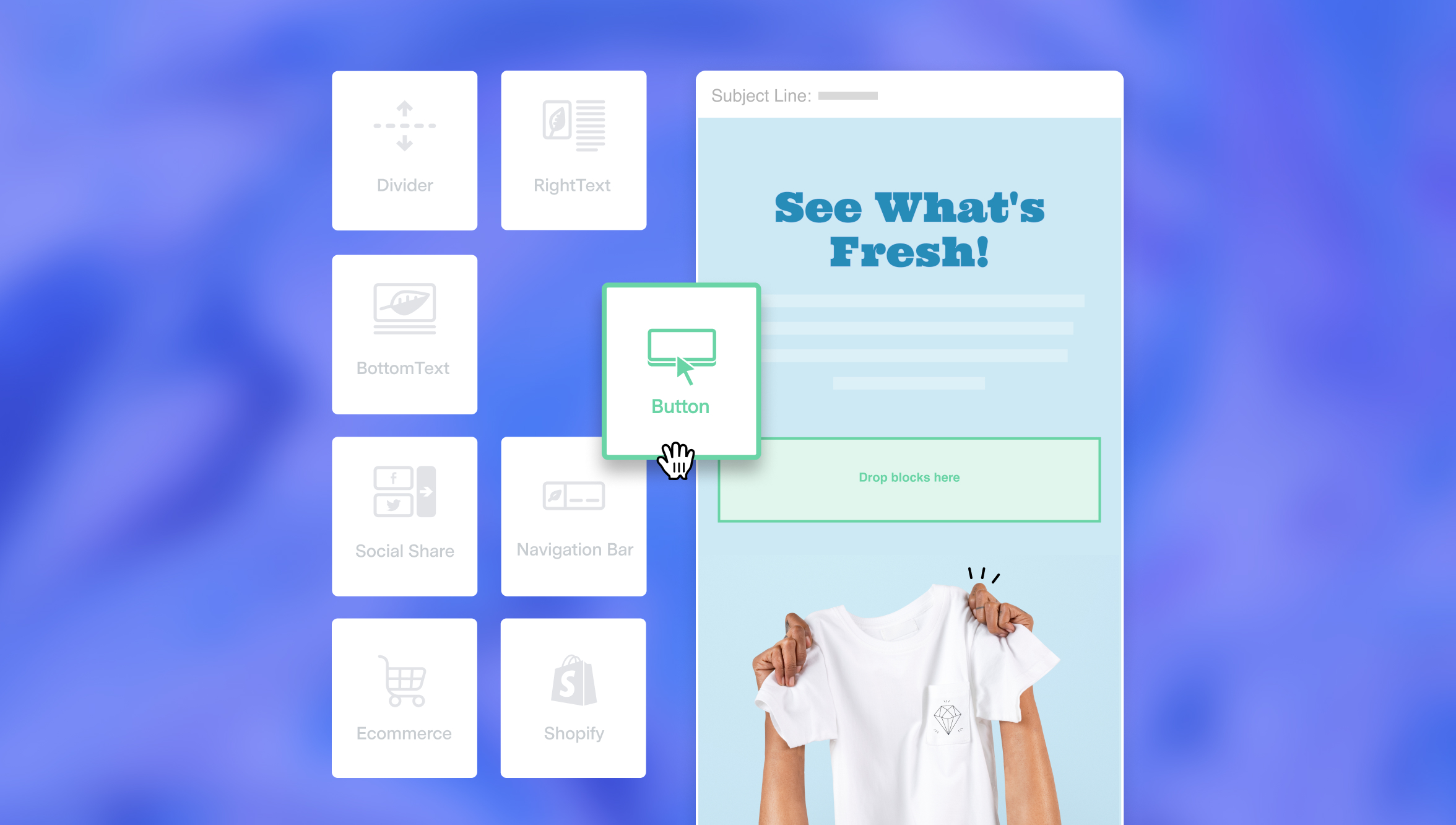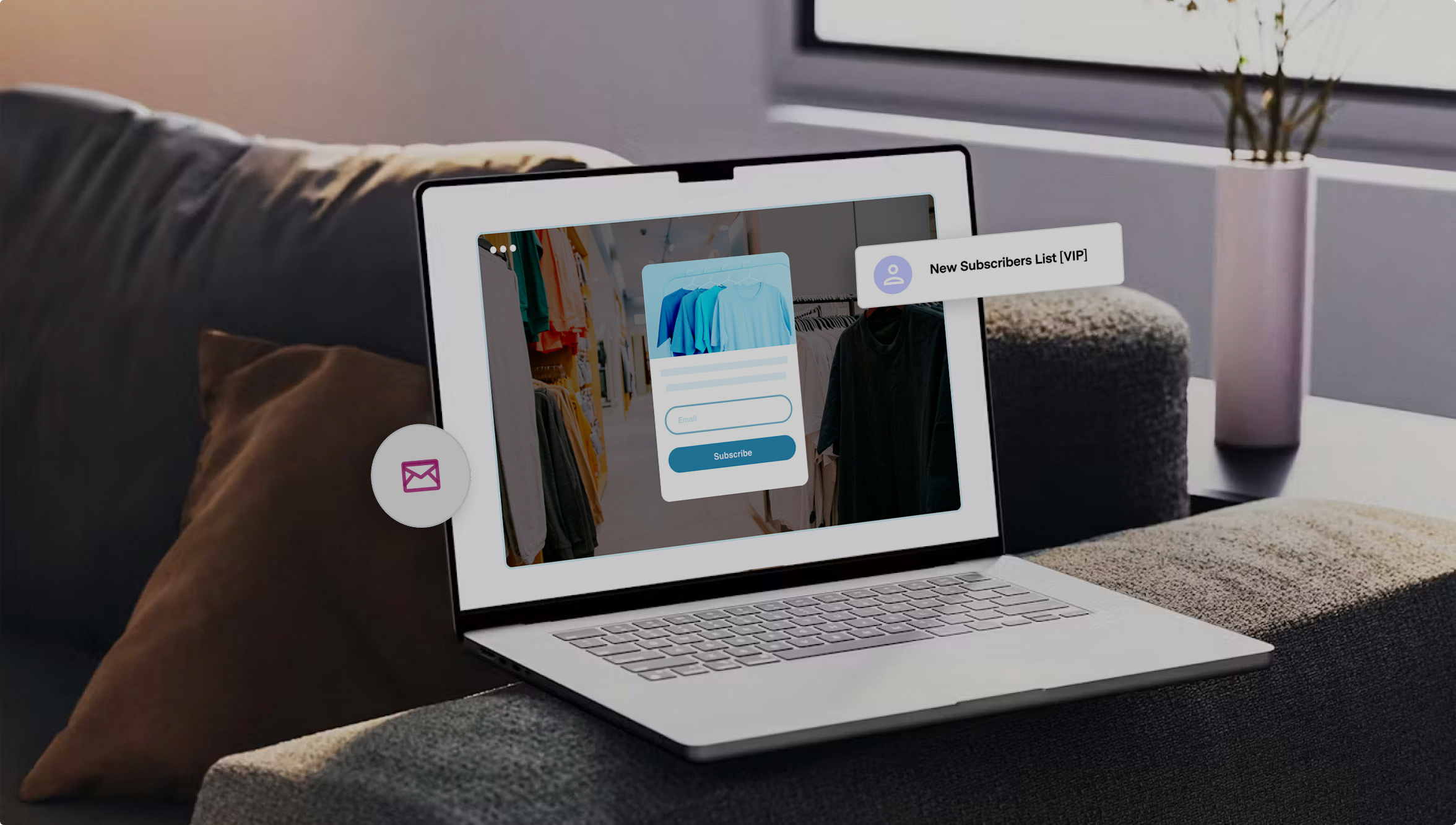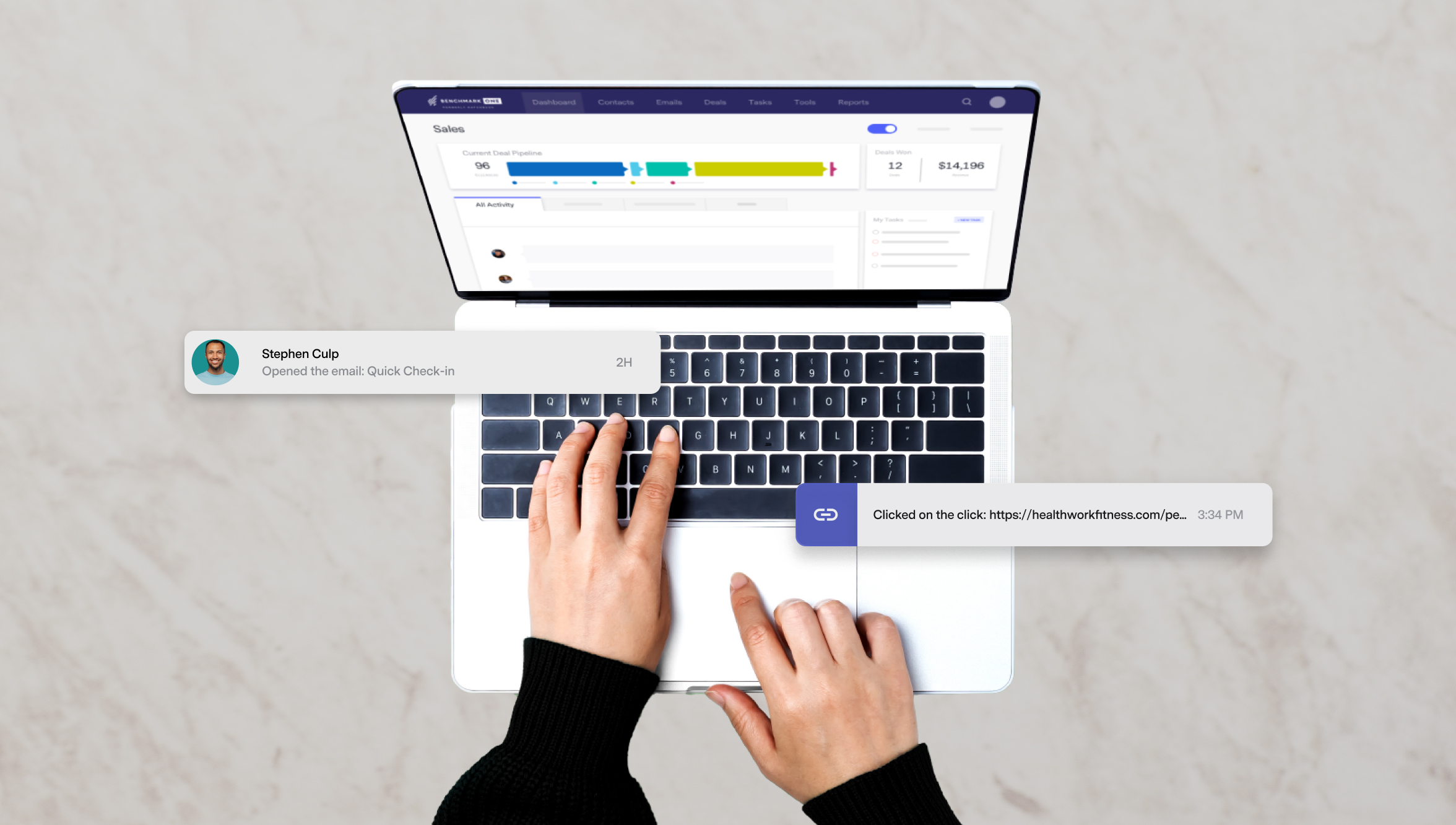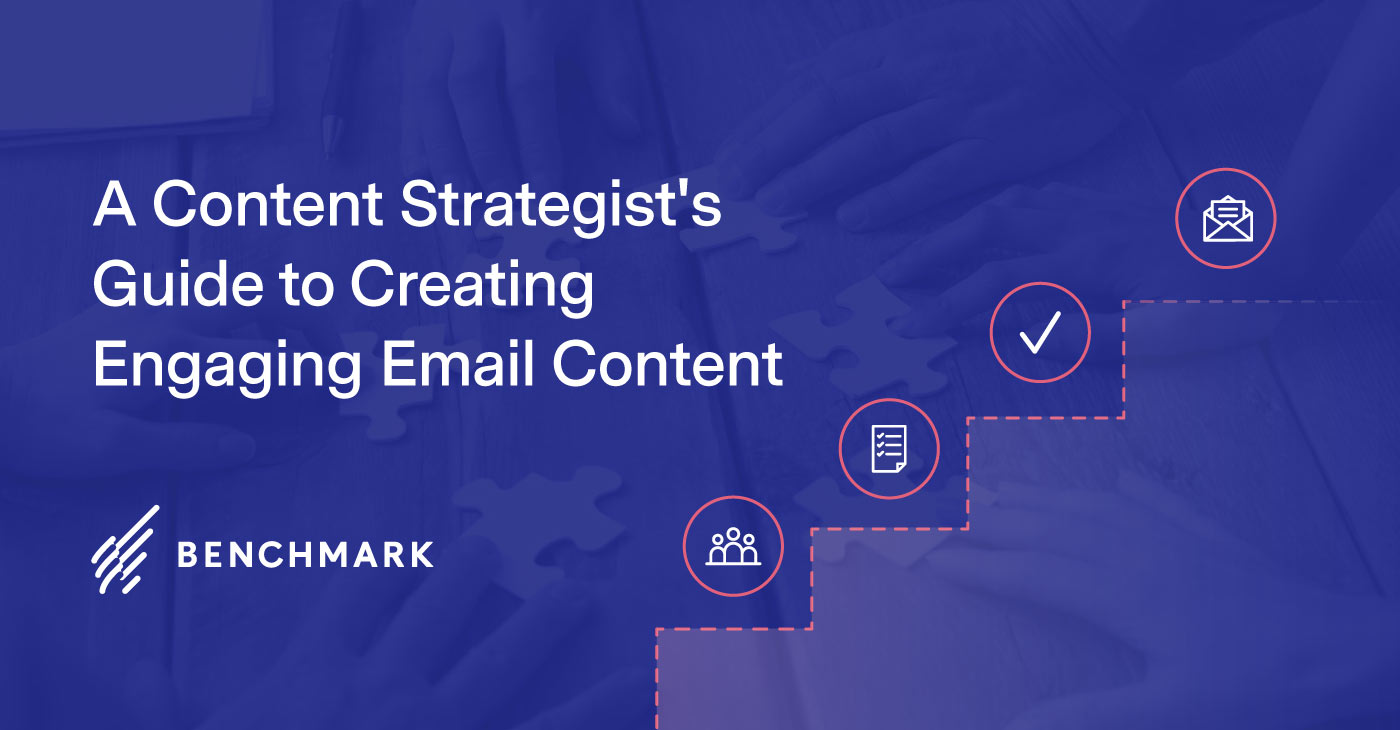A Content Strategist’s Guide to Creating Engaging Email Content
June 15, 2018 6 min read

Your email marketing campaign is a crucial component of your overall content strategy and the best email marketing strategies will help you to reach and engage with your target audience.
A survey conducted by the Direct Marketing Association (DMA) and Demand Metric showed that email had a median ROI of 122%, more than four times that of other marketing formats also looked at, such as social media, direct mail and paid search.
Email is your direct line of communication to your audience, but all too often it’s treated as an afterthought in the content strategist’s plan. This is a mistake, because an email content plan deserves to be a key part of your wider strategy. Here’s our guide to creating engaging email content that will keep your audience engaged.
Know Your Audience
If you’re taking a scattergun approach to your email marketing, then you’re not focusing your resources effectively.
The idea that in keeping your email content as broad as possible you’ve a better chance of appealing to a wider range of people simply isn’t true. You’ll only alienate more of your audience because they’re far less likely to gain any connection or relevance from what you’re saying.
The extra time you spend getting to know and understand your target audience will be well worth it in the end, so find out who they are and what it is they want. That way you can tailor your content more effectively to your audience. If they feel a personal connection with your brand, they’re more likely to engage with it.
Segment Your Email Lists
Research shows that marketers have seen an increase of 760% in email revenue from segmented campaigns. Segmenting your email lists allows you to take a personalised approach to your email content, ensuring the content in your emails is actually relevant to your subscribers.
Personalising emails by addressing them to the recipient is a given, but an email with personalised content will be far more likely to be opened and read by a subscriber.
To do this, firstly, identify your target audience and break them down into customer personas, which may include considerations like age, gender, profession, interests and so on.
Secondly, allow subscribers to choose the kinds of content they receive – this not only ensures the content they get is relevant to them, but also offers useful data and insights.
With this information you can then create segmented email lists based on demographics and other metrics and tailor your email content accordingly. Sign-up forms are a great way to gather information from subscribers, such as geographical location, gender, marital status and hobbies.
This means, for example, that subscribers won’t be getting emails about a sale at a store that’s nowhere near them, or information about products that they’ve shown no interest in.
Spend Some Time On Your Subject Line
It seems simple enough, the email subject line – after all it’s only got to be a few words long – but a lot more thought needs to go into it than you might think. Most of us get sales emails on a daily basis and if we’re honest, most of those get marked for the trash without having ever been opened.
The subject line needs to grab the attention and should typically be short, descriptive and engaging. The tone you opt for, humorous or informative for example, will to some extent depend on your brand of course, but there are plenty of tips you can use to get your email subject line just right for your audience.
Cult beauty brand Glossier is just one example of a company that has perfected the email subject line. Glossier products typically appeal to a younger audience, and with just one permanent New York showroom, the vast majority of customers only connect with the brand online. As such, email subject lines are kept short, punchy and intriguing – helping them to stand out in an inbox filled with sales and promotions alerts.
Create Content that Appeals
So, your audience want to hear what you have to say, they’ve clicked on the email and are eager to know more, but your actual content fails to grab them and they’re soon clicking away. If your content is unable to inspire the subscriber to read on, then all your efforts up until that point have been for nothing.
Structure your content in a way that easy is to skim by breaking it up into bitesize segments and using headings, subheadings and bullet points. Bold and italicise the most important pieces of information.
Long, wordy emails won’t encourage the subscriber to read on, and there’s a good chance they’ll never open another one of your emails again if they’re expecting much of the same.
For example, take a look at the email below:

Image: Bruce Mayhew
Finally, use audience-centered wording that focuses on their needs, wants and interests before moving on to any call-to-action. Otherwise it’s likely to feel forced, which your audience will probably pick up on.
Create Content with Value
Every one of your email campaigns should contain content that offers value to the subscriber. They need to know you’re interested in providing them with content that they’ll find useful or that will entertain them, so think carefully about the kind of content your audience wants.
It could be product news, vouchers, tips, funny videos or just some fun facts about your company or industry. Restaurant chain Giraffe fulfil this brief effortlessly, with bright, eye-catching email campaigns that clearly demonstrate what’s in it for the user.
Your email shouldn’t be a sales pitch, its aim should be to create a personal connection between brand and audience. This way you have a better chance of converting them into actual customers.
Be Honest
Developing trust is key to any relationship and for brands and their customers it’s no different. Make it clear on your sign-up form what kind of emails you’ll be sending and how often. Don’t send them information on topics they specifically didn’t subscribe to, and if they have been promised a certain type of content, make sure that’s what they receive.
You want your subscribers to become customers, and this is most likely to happen if they feel valued and respected rather than just a sales opportunity.
An email marketing strategy is first and foremost about building a relationship with your potential customer, and you’re unlikely to be able to do that without good quality content that is engaging and useful to them. By following the suggestions in this article, you’ll be moving closer to creating that relationship with your audience, ultimately leading to higher conversion rates.








